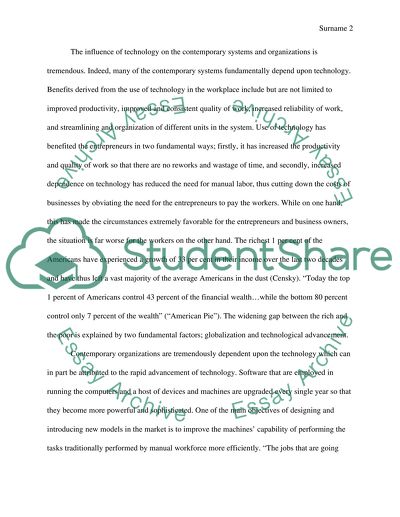Cite this document
(“Is Technology Killing Middle-Income Jobs in the U.S Essay”, n.d.)
Is Technology Killing Middle-Income Jobs in the U.S Essay. Retrieved from https://studentshare.org/macro-microeconomics/1468470-is-technology-killing-middle-income-jobs-in-the-us
Is Technology Killing Middle-Income Jobs in the U.S Essay. Retrieved from https://studentshare.org/macro-microeconomics/1468470-is-technology-killing-middle-income-jobs-in-the-us
(Is Technology Killing Middle-Income Jobs in the U.S Essay)
Is Technology Killing Middle-Income Jobs in the U.S Essay. https://studentshare.org/macro-microeconomics/1468470-is-technology-killing-middle-income-jobs-in-the-us.
Is Technology Killing Middle-Income Jobs in the U.S Essay. https://studentshare.org/macro-microeconomics/1468470-is-technology-killing-middle-income-jobs-in-the-us.
“Is Technology Killing Middle-Income Jobs in the U.S Essay”, n.d. https://studentshare.org/macro-microeconomics/1468470-is-technology-killing-middle-income-jobs-in-the-us.


